Things to Remember
The following is a list of things to remember when practising. As with many tai chi concepts, there are exceptions, but generally speaking, for a beginner student, these points are a handy points to keep the body aligned and moving correctly. The last three points are very important.
remain upright, meaning do not lean forward, or ‘reach’
nose and belly button remain aligned, particularly when turning
shoulders remain relaxed at all times
the head does not usually turn on its own
eyes look beyond the forward fingers
there is always a connection between hands, feet, arms, legs
when one part moves, all parts move
when turning, movement begins from the lower dantian (turn the hips)
the foot does not pivot by itself (it turns because the waist/hips are turning)
the arms do not move by themselves (they move because the waist/hips are turning)
hands remain the same shape throughout the form (except when making light fists or hooks)
the shape of the fingers is similar to holding a beach ball
each hand/arm has energy - Yin or Yang
fingers are soft
elbow of a raised arm is generally lower than the hand
Yang style stepping travels forwards but the body faces 45 degrees in transition
place the whole foot down (heel first when stepping forward) before shifting weight to that leg (Yang style)
when retreating, place the ball of the foot down first, then the whole foot
when retreating, the foot naturally falls at 45 degrees
empty the leg before pivoting (Yang style, beginner Forms, more advanced Forms pivot on a weighted leg)
bow stance feet - front foot directly forward, back foot at 45 degrees
bow stance feet - back heel is driving into the ground
bow stance hips and shoulders - usually face forward, square on (depending on the posture)
arms and legs are in alignment at the end of the posture
three harmonies: shoulder and hip aligned, elbows and knee aligned, wrist and ankle aligned
finish one posture before beginning the next
when transitioning, the back heel does not lift until weight has been transferred to the front leg
transitions are important
know what each hand, and each foot are doing before moving
know what each hand/arm is doing in regard to martial application
breathe out on the exerting force
breathe in when collecting energy
arms are never overextended
keep joints ‘soft’, or off lock
knees and feet are in alignment
when shifting weight to back leg, knee must not ‘drop’ but be in alignment with the foot
kua (hip joint, pelvic area) are continuously opening and closing
always have ‘air under the wings’, space between the armpits
sink the chest
tuck in the chin
breathe
relax
enjoy

